Images
Animal experiments take place behind closed doors, and researchers don't let anyone take pictures inside labs out of fear of public outrage. It is extremely difficult to get up-to-date images. Below, you’ll find a selection of images.
Copyright
The images can be used free of charge provided the respective credit is given. Most images are also available in higher resolution. Please contact info@aerzte-gegen-tierversuche.de. The images may only be used in an anti-animal-experiment context.
Videos
Videos can be found on our YouTube channel >>
Housing of animals in laboratories

Non-human primates are often kept in completely barren cages which is torture for the intelligent and active animals.
Credit: Animal Rights Sweden
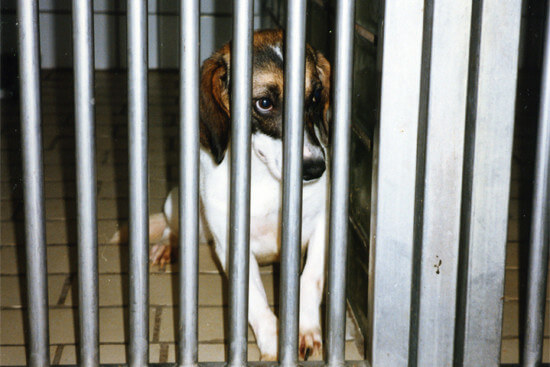
Dogs are kept in barren cages without any enrichment.
Credit: Doctors Against Animal Experiments
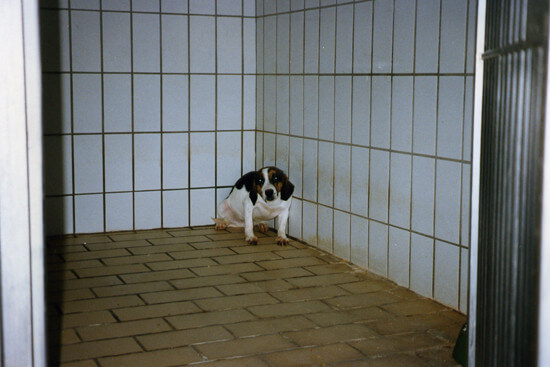
The Housing of a Beagle in a German University laboratory.
Credit: Doctors Against Animal Experiments
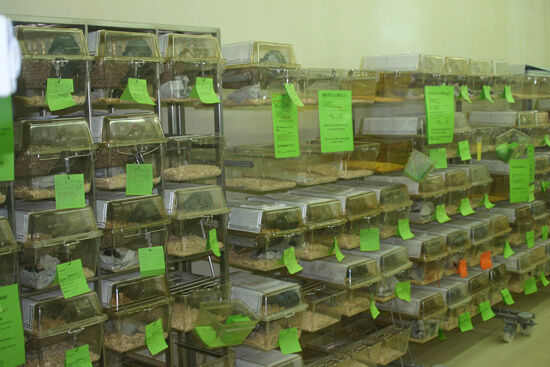
Rats and mice are kept in shelved plastic boxes like in a warehouse.
Credit: Doctors Against Animal Experiments
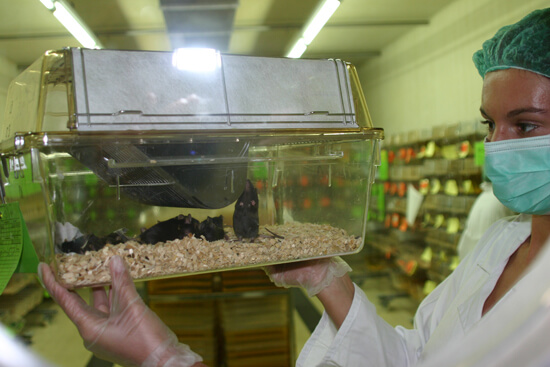
Mice are housed in plastic boxes.
Credit: Doctors Against Animal Experiments
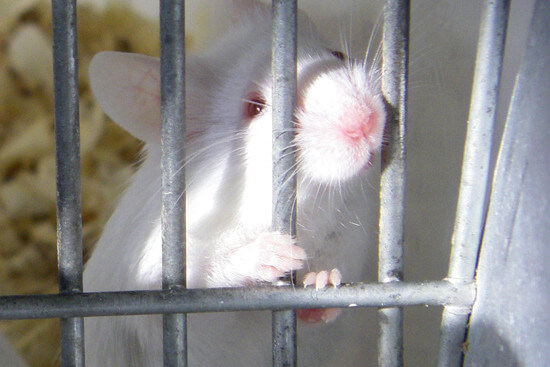
A mouse in a cage.
Credit: Doctors Against Animal Experiments

Mice in a laboratory. No space and no enrichment.
Credit: Doctors Against Animal Experiments
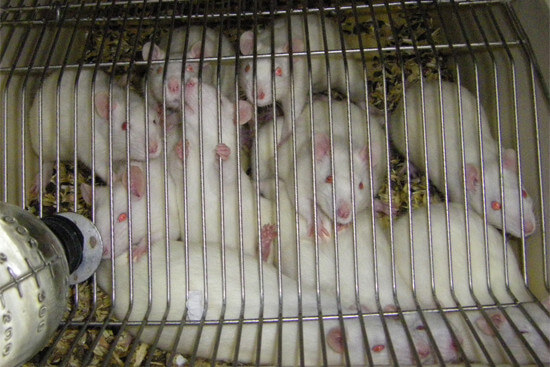
Rats in a laboratory cage.
Credit: Doctors Against Animal Experiments
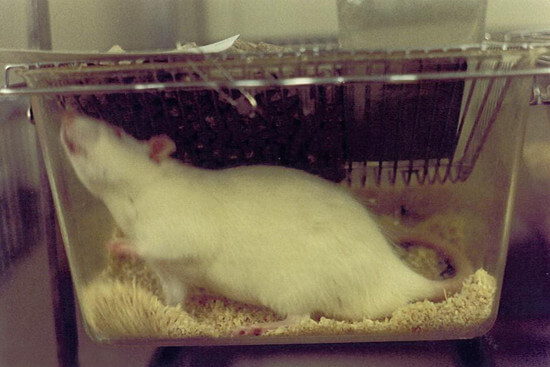
A rat in a standard plastic box.
Credit: Doctors Against Animal Experiments
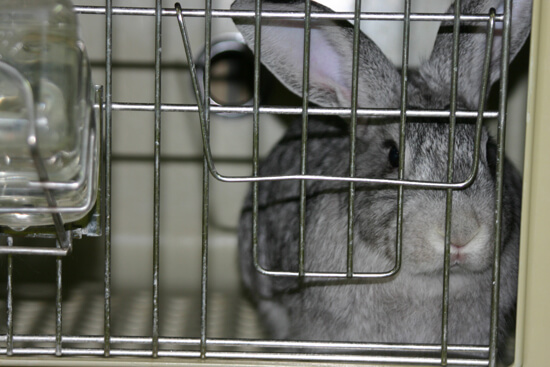
A rabbit in barren plastic boxes without any bedding.
Credit: Doctors Against Animal Experiments

Rabbits in barren plastic boxes.
Credit: Doctors Against Animal Experiments
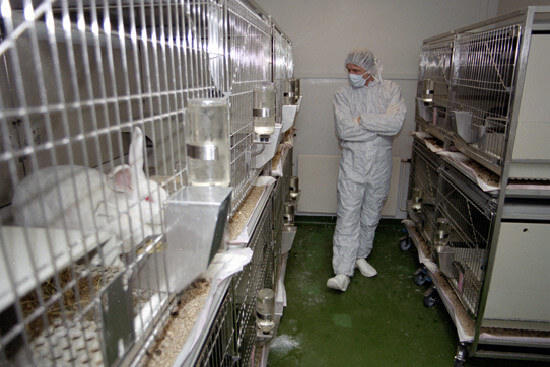
Rabbits in cages.
Credit: Dyrevernalliansen
Animal experiments in basic and drug research

Non-human primate with implanted head post and recording chamber mounted on his skull.
Credit: AESOP Project/Israel
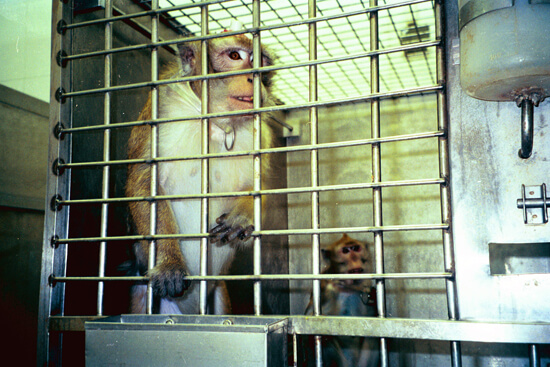
Non-human primate with implanted head post and recording chamber mounted on their skulls.
Credit: AESOP Project/Israel
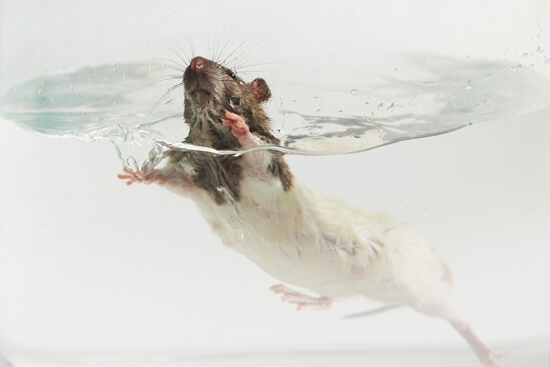
The forced swim test is a standard procedure in depression research. A rat that stops swimming is regarded as depressive.
Credit: Doctors Against Animal Experiments

A kitten with hereyes sewn shut.
Credit: Brian Gunn

Genetically modified, so-called nude mice are often used in cancer research.
Credit: Brian Gunn
Animal tests for toxicology and cosmetics
Toxicity testing on animals
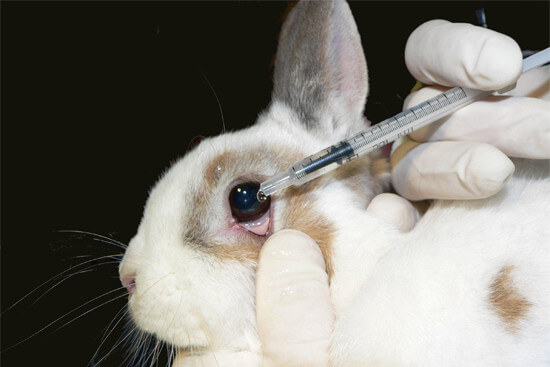
Draize test: Chemicals are being administered to rabbit’s eyes.
Credit: Doctors Against Animal Experiments
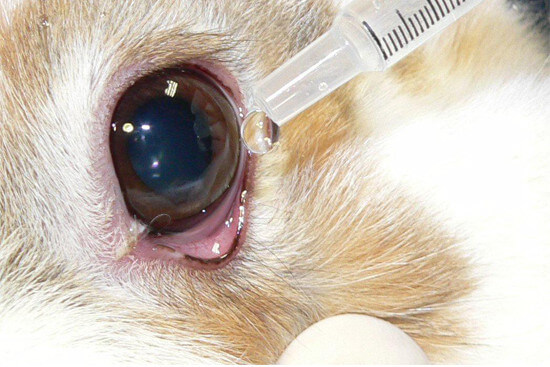
Draize test on a rabbit’s eye.
Credit: Doctors Against Animal Experiments
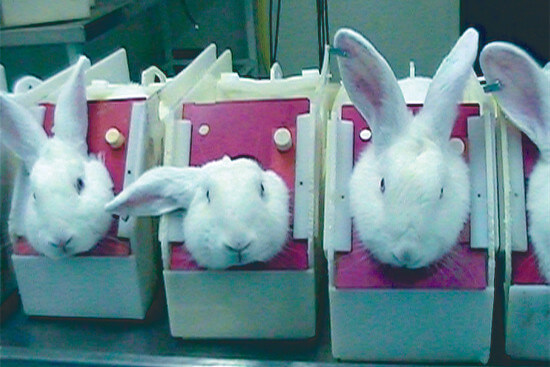
Draize test: The rabbits are put into stocks in order to prevent them from wiping the substances out of their eyes.
Credit: One Voice

Skin test: A mouse is being held in the scruff.
Credit: Doctors Against Animal Experiments
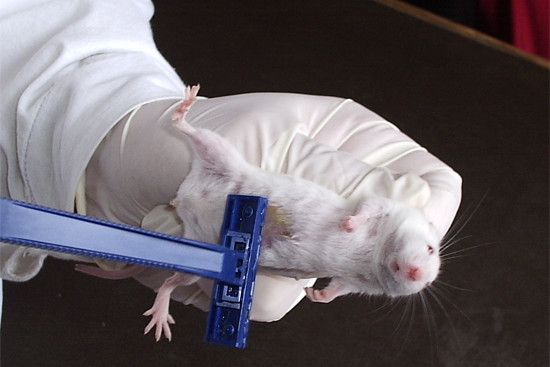
Skin test: The abdominal skin is being shaved
Credit: Doctors Against Animal Experiments

Skin test: A mouse with shaved belly.
Credit: Doctors Against Animal Experiments
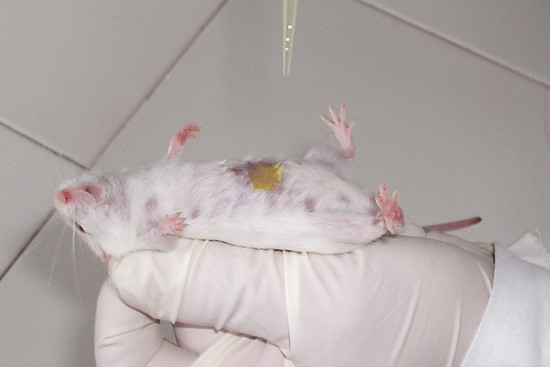
Skin test: The test substance is being applied onto the shaved abdominal skin.
Credit: Doctors Against Animal Experiments
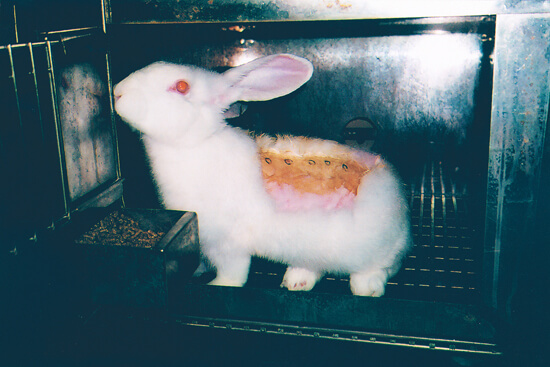
Skin test on a rabbit: Depending on the type and dosage of the substances applied, painful chemical burns and inflammation can occur.
Credit: One Voice

Skin test: A guinea pig with inflamed skin after an irritating substance had been applied to its shaved back.
Credit: One Voice
Animal use in higher education
Dissection of animals in medical, veterinary, and biological studies
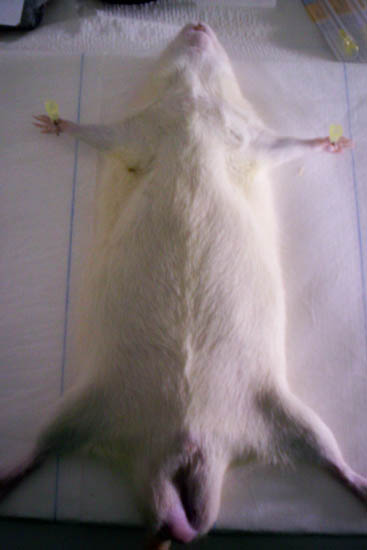
Dissection of a rat: A killed rat is pinned on a board.
Credit: Doctors Against Animal Experiments
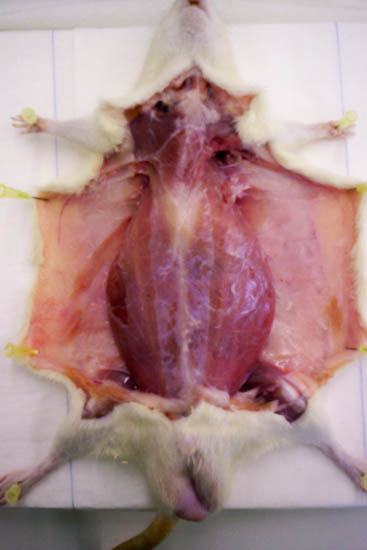
Dissection of a rat: The skin is being removed.
Credit: Doctors Against Animal Experiments
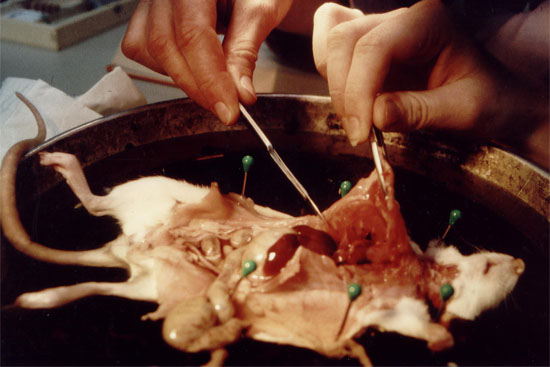
Dissection of a rat.
Credit: SATIS
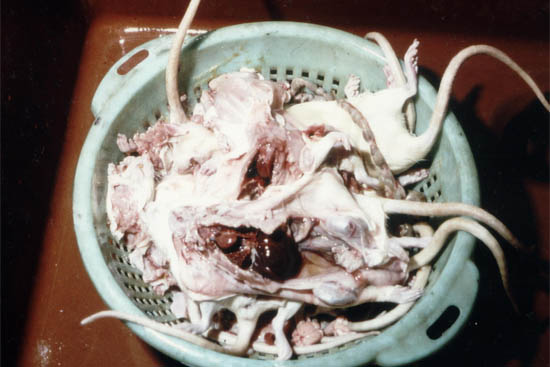
Dissected rats in the trash.
Credit: SATIS

Dissection of a frog.
Credit: Doctors Against Animal Experiments
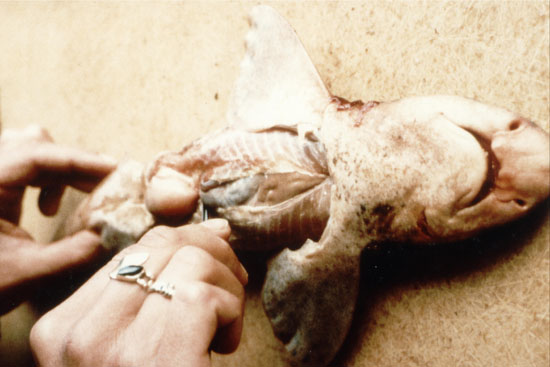
Dissection of a shark.
Credit: SATIS
Animal-free research

Multi organ chip >>
Foto: Ärzte gegen Tierversuche e.V.
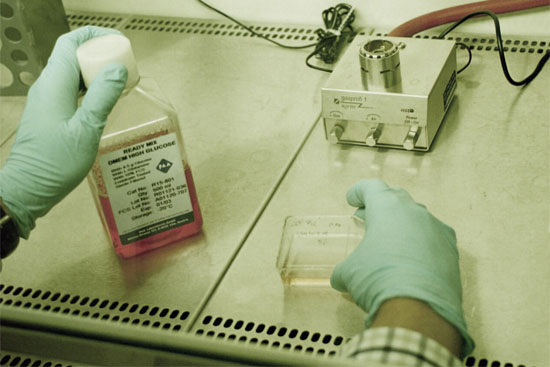
Media and flask for cell cultures.
Credit: Doctors Against Animal Experiments
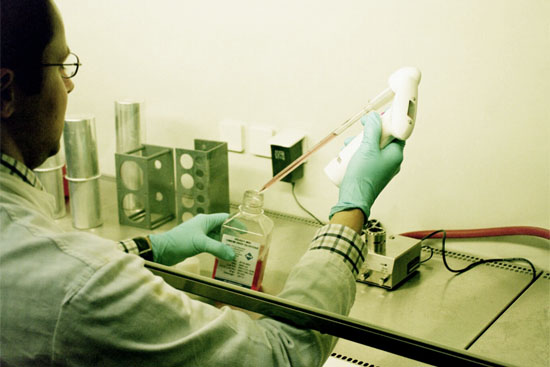
Media and flask for cell cultures.
Credit: Doctors Against Animal Experiments.
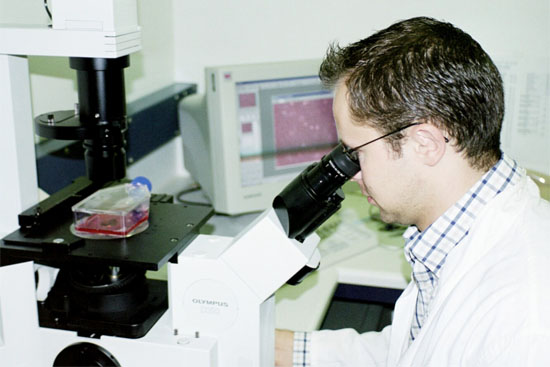
After adding a test substance, changes in the cultured cells are assessed under the microscope.
Credit: Doctors Against Animal Experiments
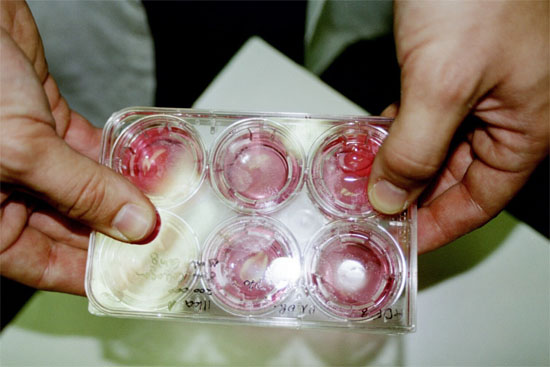
Growing skin cells in wells in order to assess the corrosive potential of a test substance.
Credit: Doctors Against Animal Experiments
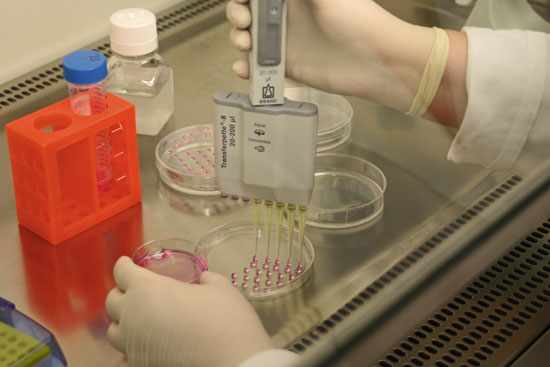
Drops of culture media and growing cells are pipetted into a Petri dish.
Credit: Doctors Against Animal Experiments

